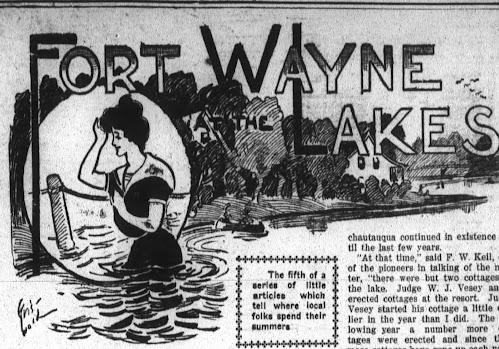Victorian Pop Culture: The Shabby Genteel

This is Part 2 in a series of crazes, trends, and popular expressions in our Victorian ancestors’ days. The first was “The Dolly Varden Craze.” Shabby genteel There was a music hall song of the 1860s that was a “top hit” in England and America. We have heard it asserted, a dozen times o’er That a man may be happy in rags, That a prince is no more, in his carriage and four Than a pauper who tramps on the flags; As I chance to be neither, I cannot describe, How a prince or a pauper may feel, I belong to that highly respectable tribe, Which is known as the Shabby Genteel. The chorus was the repeated in many places like a modern-day ad jingle: To proud to beg, too honest to steal, I know what it is to be wanting a meal; My tatters and rags I try to conceal, I’m one of the Shabby Genteel. This is an old expression, predating the Victorian era and long outlasting it. But somehow if I’d encountered it before I wasn't awar...


